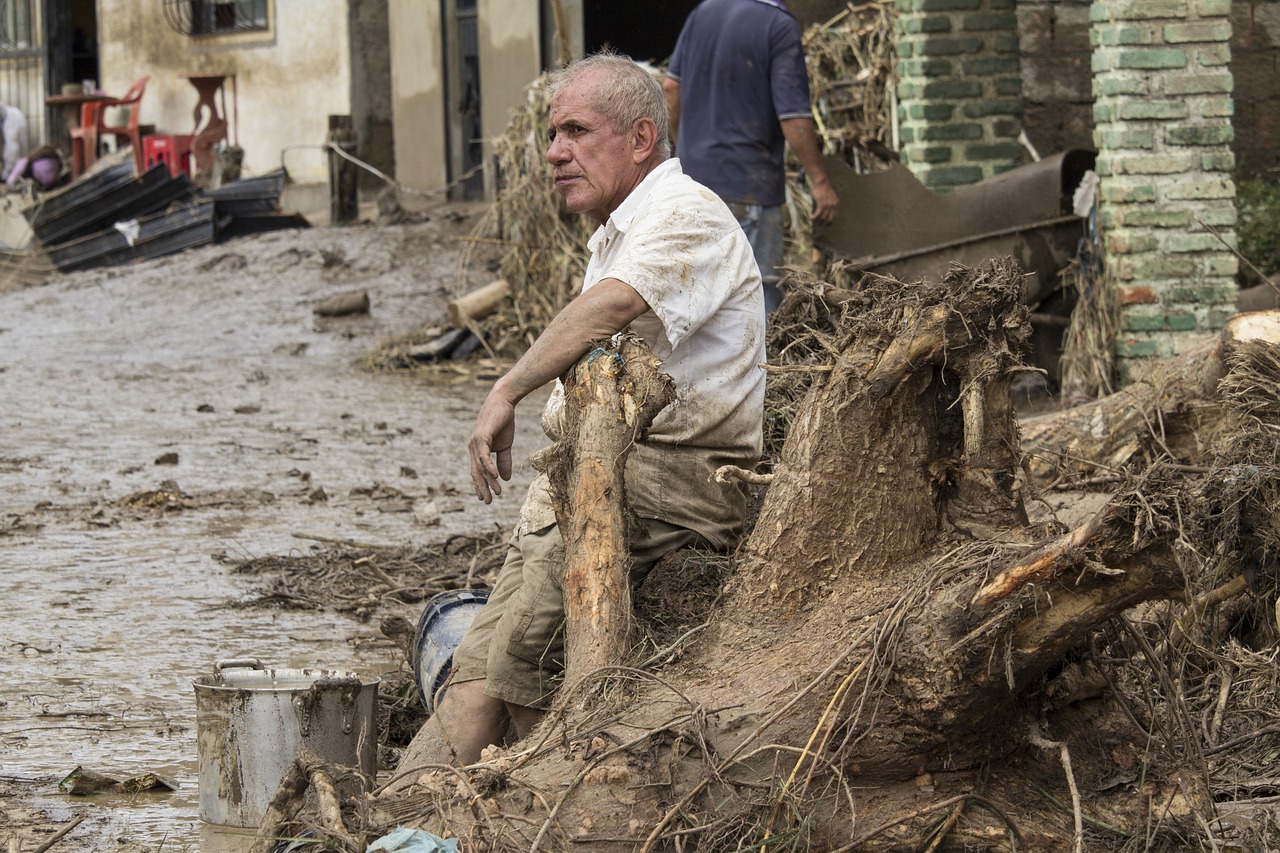A new report highlights the havoc wreaked on the global water cycle in 2024, with record-breaking heat driving devastating floods and crippling droughts that impacted billions worldwide.
Key Points at a Glance
- Hottest Year Yet: 2024 marked the fourth consecutive year of record-breaking global temperatures.
- Water Cycle Chaos: Rising sea temperatures intensified tropical cyclones, floods, and droughts.
- Global Impact: Over 4 billion people experienced the warmest year in recorded history.
- Deadly Disasters: Water-related events killed 8,700 people, displaced 40 million, and caused $550 billion in economic losses.
- Call to Action: Urgent adaptation strategies are needed to prepare for worsening extremes.
2024: A Year of Record Heat and Water Extremes
For the fourth year in a row, Earth experienced its hottest year on record in 2024, with global temperatures over land rising 1.2°C since the start of the century and 2.2°C since pre-industrial times. This alarming trend pushed the global water cycle to unprecedented extremes, resulting in both catastrophic floods and crippling droughts.
Albert van Dijk, a professor at Australian National University and lead author of the 2024 Global Water Monitor Report, described the year as a tipping point for water-related disasters. “Rising sea surface temperatures have fundamentally altered the way water moves across the planet, driving devastating weather patterns,” he said.
The Floods That Shook the World
2024 was marked by historic flooding events in nearly every region of the globe:
- Europe and Asia: Deadly flash floods swept through cities, with storms lingering longer and rainfall intensifying. Afghanistan and Pakistan suffered the brunt of these disasters, where torrential rains killed over 1,000 people.
- South America: Brazil faced its deadliest floods in decades, with over 80 lives lost as 300 millimeters of rain fell in a single event.
- China and Bangladesh: Rivers like the Yangtze swelled beyond capacity, displacing tens of thousands and causing massive agricultural losses, including the destruction of over 1 million tons of rice in Bangladesh.
Van Dijk’s report noted a 52% increase in record-breaking daily rainfall events compared to the start of the century, highlighting the growing intensity of these disasters.
Droughts Tighten Their Grip
While some regions were inundated, others were parched.
- Amazon Basin: Record-low river levels cut off vital transport routes and disrupted hydropower generation. Wildfires burned 52,000 square kilometers in September alone, accelerating deforestation and releasing massive amounts of greenhouse gases.
- Southern Africa: Severe droughts slashed maize production by over 50%, leaving 30 million people in urgent need of food aid. Farmers faced devastating losses as pastures dried up, leading to widespread livestock culls.
The contrast between flooding and drought reveals the dual threats posed by climate extremes.
Economic and Human Toll
In 2024, water-related disasters resulted in:
- Over 8,700 deaths worldwide.
- 40 million people displaced from their homes.
- $550 billion in economic losses, encompassing infrastructure damage, agricultural collapse, and insurance payouts.
The Road Ahead: Adaptation and Resilience
The 2024 Global Water Monitor report calls for immediate action to adapt to the worsening impacts of climate change. Proposed strategies include:
- Enhanced flood defenses to protect vulnerable urban and rural areas.
- Drought-resilient crops and improved agricultural practices to secure food supplies.
- Advanced early warning systems to mitigate the human and economic toll of extreme weather events.
“Water is our most critical resource,” van Dijk emphasized. “Its extremes—both floods and droughts—represent some of the greatest threats to human survival.”
Science Driving Solutions
The report utilized cutting-edge data from satellites and ground stations to track water variables such as rainfall, soil moisture, and river flows. This near-real-time monitoring provides crucial insights for governments and organizations aiming to safeguard communities against the growing threats posed by climate extremes.
As the Earth continues to warm, the urgency of addressing these challenges cannot be overstated. The events of 2024 may serve as a stark reminder that immediate and coordinated action is essential to mitigate the impacts of a rapidly changing climate.
